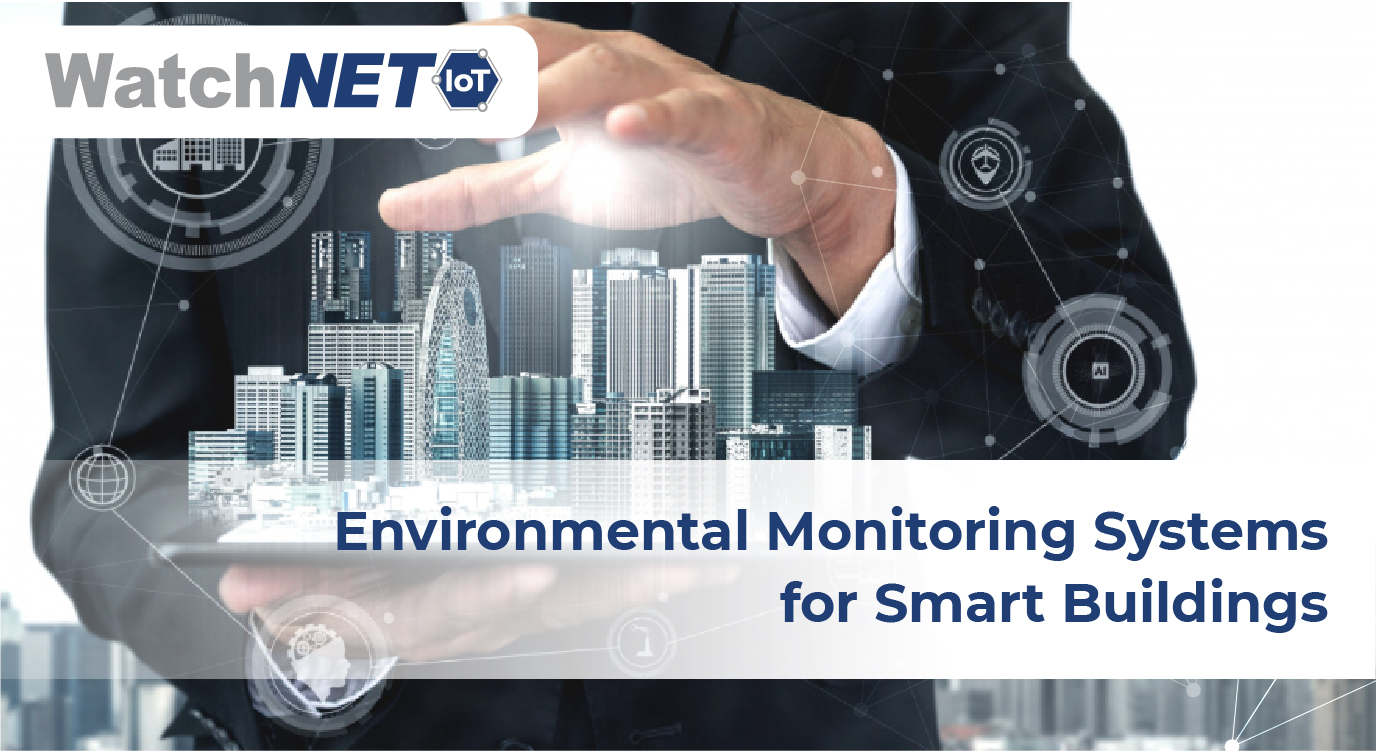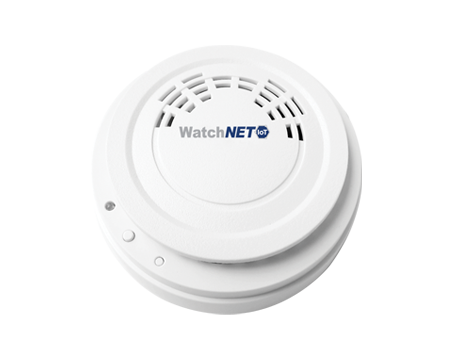
Wireless Environmental Monitoring for Smart Building has gained immense importance and popularity over the last few years and this is not restricted to the areas of pollution or traffic. Indoor Air Quality has also taken precedence and smart buildings are the order of the day. Environmental monitoring has become much easier using IoT solutions and has become the paradigm for the efficient use of natural resources. People want smart and by automating the building infrastructure, a seamless experience is provided which removes the human intervention and saves resources. Here are a few key questions that will help you understand the importance and ease of monitoring using IoT:
- Does IoT help monitor indoor air quality?
Yes, IoT devices and sensors monitor the key elements that define interior comfort – temperature, airspeed, humidity, and Indoor Air Quality (IAQ).
- And how do IoT trends help monitor air quality?
IoT devices and sensors are fitted into the rooms and common areas. These devices constantly collect data and store it in the cloud to be analyzed for meaningful insights.
- What is the importance of indoor air quality monitoring in smart buildings?
Air quality problems can be challenging to identify and rectify. Good air quality is important to improve the health and well-being of the occupants, without the risk of respiratory problems.
- What is the typical framework of an indoor air quality monitoring system?
This involves data collection, data analysis, and a report card:
- Indoor air quality acquisition
- User survey
- Data analysis
- Indoor air management guidelines
- Are there any cost-effective measures to achieve this?
IoT helps in continuous remote monitoring of buildings and with this air quality issues can be predicted at an early stage, which calls for predictive maintenance, thereby saving time and costs involved in servicing. With IoT technology in place, the need for human intervention is reduced, thereby reducing the human costs involved.
- How do the devices help the building owner maintain ambient conditions?
The IoT devices monitor and give an accurate picture of the conditions in each room. The devices such as smart lighting, smart sensors, smart HVAC systems adjust the lighting and glow of air depending on the capacity of the room at any particular period of time.
- Any major advantages over the traditional framework?
Smart Buildings offer innumerable benefits –
- Increased productivity owing to better physical layout and internal environment quality
- Reduced energy consumption by implementing automatic lighting and cooling systems
- Reduced operating costs due to intelligent operations
The key to transforming your building into a smart one is to implement smart building solutions using IoT technology that enables strategic decisions to be made. Smart manless buildings are adaptive and interact with the people, systems, and external elements to adapt to the needs of the people and increase their comfort and safety!


